Digital Cable for the External DAC Connoisseur: Neotech NEVD-2001 Pure Silver 75 Ohm Digital Coaxial S/PDIF Cable
Review by Jamie Gillies
Compact discs still matter despite a decade of the music industry moving in the diametrically opposite direction away from CDs and physical digital media. This has occurred because of the increasing emphasis on digital streaming services like Tidal, Qobuz and Spotify, and with the investment and the popularity of vinyl both as preferred form for sound and from a profit margin standpoint. I love vinyl and I have grown to enjoy the utility and ease of streaming, but I still love silver discs. As someone who came of age with CDs, I enjoy the sound, when done right, of redbook digital, particularly those 1980s to early 1990s transfers with massive dynamic ranges. I am fond of the 1982-1997 sound of a lot of modern pop and rock recordings, where better ADCs adorned mastering facilities and engineers like Bob Ludwig, Greg Calbi, Bernie Grundman and Ted Jensen hit a sweet spot for recording popular music. The loudness wars kind of coincided with the end of the CD as a preferred source and today, the CD is a much maligned technology, with analogue aficionados claiming that they always knew the sound was inferior, and streaming fans arguing that they now get ‘better than CD’ quality with their services.
I think this cable is a winner. For $305 Canadian for the 1.5 meter cable, it delivers startling good performance.
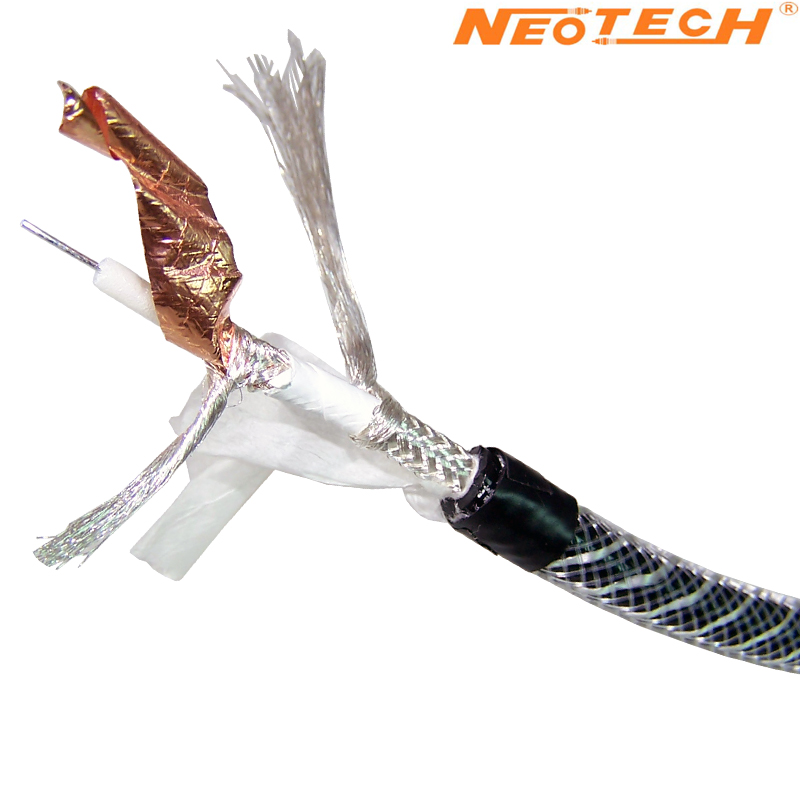 The problem is that often the streaming versions of these albums originally released on CD are not the originals. They are MQA eq’d versions, or dynamically crushed remasters put on streaming sites where fans have no way of determining the provenance of a particular version. It is a frustrating experience for those of us who grew up obsessed with liner notes in an era without vinyl versions. Adding to the debate are that newer vinyl versions of these many digital era albums actually do not sound like the originals because, let’s face it, vinyl does not always sound like CD. Which brings me to a particular challenge for today’s modern audiophile: DAC technology has improved so dramatically in the last decade that many external DACs blow away the internal DACs of CD and SACD players that in the 2010s were thought to be endgame products.
The problem is that often the streaming versions of these albums originally released on CD are not the originals. They are MQA eq’d versions, or dynamically crushed remasters put on streaming sites where fans have no way of determining the provenance of a particular version. It is a frustrating experience for those of us who grew up obsessed with liner notes in an era without vinyl versions. Adding to the debate are that newer vinyl versions of these many digital era albums actually do not sound like the originals because, let’s face it, vinyl does not always sound like CD. Which brings me to a particular challenge for today’s modern audiophile: DAC technology has improved so dramatically in the last decade that many external DACs blow away the internal DACs of CD and SACD players that in the 2010s were thought to be endgame products.
So to review this 1.5m digital coaxial cable from Neotech, I put it between my Oppo-105 universal transport and my new exaSound e62 DAC. Using the DAC’s coaxial in connection, I was hoping that bypassing the Oppo’s internal DAC, which is no slouch, would yield some good results when just playing redbook CDs. I should note that I can also stream from Tidal, or play lossless FLAC files of all of my albums as well. So the question is can a disc transport, with all of its associated jitter and moving parts, still deliver on the same level of a well-designed streamer and DAC combo with its bit-perfect information. The answer with this cable seems to be a defiantly early-2023 YES!
Testing and Listening
 I had been listening to my Oppo for years with budget RCA cables connected to my NAD C165BEE analog preamp. It was perfectly adequate and delivered some great results, but the Oppo has always been a bit on the bright side and sometimes it is hit and miss with certain recordings, leaving some digital glare. This is not just true of how my speakers sound but I hear it in the headphones of the Oppo unit itself. As I lowered the noise floor with different power cables and tweaks, some recordings just don’t sound that good. Interestingly, when I had an earlier exaSound DAC, the difference in sound between the Oppo’s internal DAC and the external were minimal. I heard some differences but the sonic characteristics were similar with the external DAC delivering far better streaming capabilities. At the time, I used a GutWire coaxial cable.
I had been listening to my Oppo for years with budget RCA cables connected to my NAD C165BEE analog preamp. It was perfectly adequate and delivered some great results, but the Oppo has always been a bit on the bright side and sometimes it is hit and miss with certain recordings, leaving some digital glare. This is not just true of how my speakers sound but I hear it in the headphones of the Oppo unit itself. As I lowered the noise floor with different power cables and tweaks, some recordings just don’t sound that good. Interestingly, when I had an earlier exaSound DAC, the difference in sound between the Oppo’s internal DAC and the external were minimal. I heard some differences but the sonic characteristics were similar with the external DAC delivering far better streaming capabilities. At the time, I used a GutWire coaxial cable.
The first thing I noticed with the Neotech cable was that the time to break in this cable took weeks. I know some readers think cable break-in is overstated or an outright myth, but this pure silver cable was, to say the least, excruciating for the first 80 or so hours of listening. It started out great, and then became boomy, sibilant, way too far forward, distant, and then finally like the music was on the edges of the soundstage with vocals and main instrument recessed and everything else in the foreground. After two solid weeks, it settled down.
To my surprise, it delivered something I was not expecting: a bigger soundstage with more depth than what I had before and with a definition bordering just on the edge of too much. With some recordings, especially badly recorded vocals of the mp3 era, the sound teetered on etched to harsh, typical of a lot of the loudness wars’ crushed dynamic albums. Not unlistenable but not a massive improvement. But those 1980s and 1990s CDs, with lots of dynamics, well wow, they took on a whole new life.
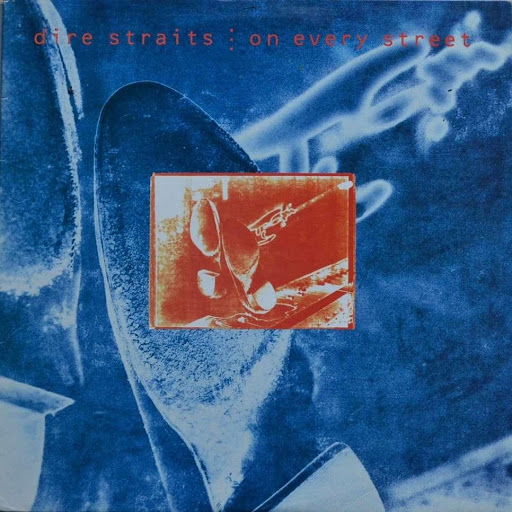 Once I heard that the cable had settled in with a few test tracks I know well, I played perhaps the most underrated audiophile grade popular album of this era: Dire Straits’ On Every Street. Considered a disappointment following the massive success of Brothers In Arms, I find On Every Street is one of the most perfectly-recorded pop albums. As I played this, it literally filled the room: vocals were superb as I heard every nuance, every production decision, every carefully crafted soundscape. It was the best I had ever heard this: the decay on the drums or Knopfler’s guitar was incredible, the slam was great on the rock tracks, and the more atmospheric jazzy tracks were immersive.
Once I heard that the cable had settled in with a few test tracks I know well, I played perhaps the most underrated audiophile grade popular album of this era: Dire Straits’ On Every Street. Considered a disappointment following the massive success of Brothers In Arms, I find On Every Street is one of the most perfectly-recorded pop albums. As I played this, it literally filled the room: vocals were superb as I heard every nuance, every production decision, every carefully crafted soundscape. It was the best I had ever heard this: the decay on the drums or Knopfler’s guitar was incredible, the slam was great on the rock tracks, and the more atmospheric jazzy tracks were immersive.
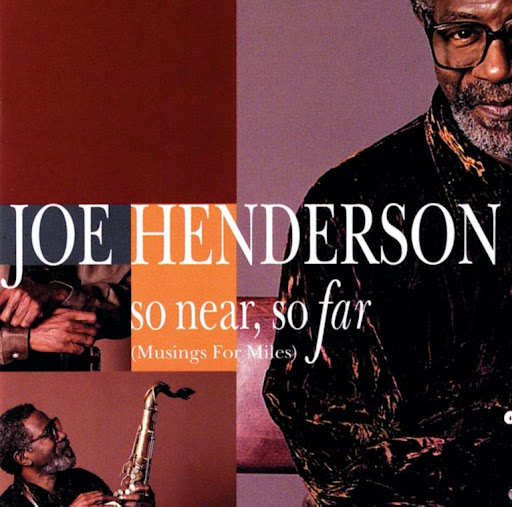 Next I listened to Joe Henderson’s So Near, So Far (Musings For Miles) album, a wonderful tribute to Davis with the amazing quartet of Dave Holland on bass, Al Foster on drums and John Scofield on guitar. Again, that early 90s production was great. An all-digital recording now sounded like the warmth and clarity of vinyl and Holland’s bass stole the show, particularly his solos on Flamenco Sketches.
Next I listened to Joe Henderson’s So Near, So Far (Musings For Miles) album, a wonderful tribute to Davis with the amazing quartet of Dave Holland on bass, Al Foster on drums and John Scofield on guitar. Again, that early 90s production was great. An all-digital recording now sounded like the warmth and clarity of vinyl and Holland’s bass stole the show, particularly his solos on Flamenco Sketches.
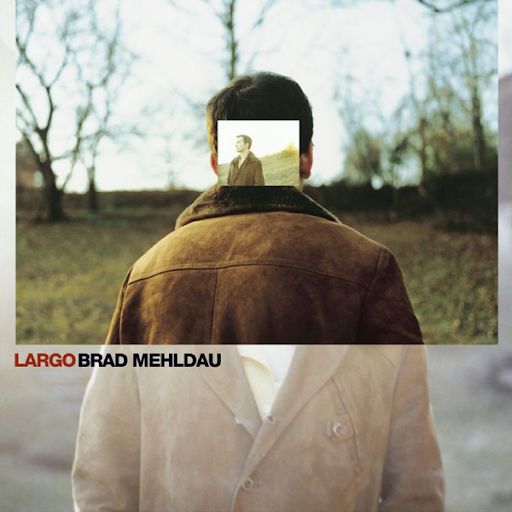 I also tried Brad Mehldau’s Largo, going for a newer recording with a bit more of that 2000s compression and Jon Brion production. Dear Prudence, his interpretation of the Beatles classic, sounded like a new test track. Everything perfect. Not bad for a dead format!
I also tried Brad Mehldau’s Largo, going for a newer recording with a bit more of that 2000s compression and Jon Brion production. Dear Prudence, his interpretation of the Beatles classic, sounded like a new test track. Everything perfect. Not bad for a dead format!
I threw more albums at it: Ray LaMontagne, Michael Brecker, Herbie Hancock, all sounded bigger, better and in some cases holographic.
I then tried more problematic recordings, at least in my system: some of my favourites still had sibilant and grainy vocals. Jennifer Warnes’ Famous Blue Raincoat, again had a digital glare to it that I can’t seem to get rid of in my system. Peter Gabriel’s Up, a well-recorded album, still had vocals that don’t sound quite right: a harshness that probably only tube amps or treble eq’ing will solve. But those, to my ears, have always been there when played on different speakers and CD players.
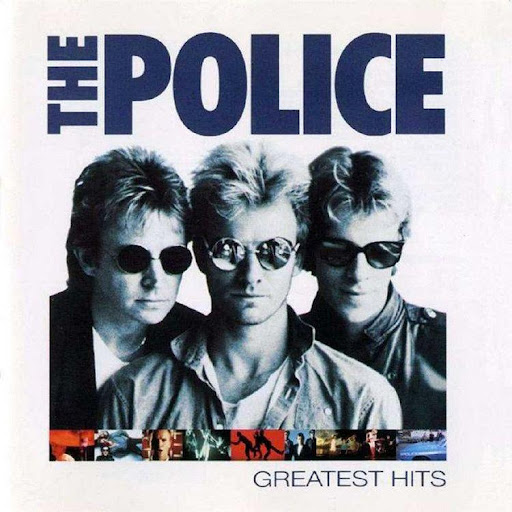 The real improvement however was listening to earlier compact discs. The Police Greatest Hits, from 1992, was fantastic: dynamic, punchy, without that bright fatiguing digital top end with Stewart Copeland’s drums perfectly positioned in the mix. Walking On The Moon sounded like I was in the room with Nigel Gray at the soundboard in Surrey Sound Studios recording Reggatta de Blanc. Just pure 1979 New Wave glory. I then listened to a number of those DDD albums from the late 1980s, Tears For Fears, Phil Collins, Madonna, Prince. I was not expecting miracles with a digital cable but what I seemed to get was something that gave me as much as I can squeeze out of a mid-priced CD transport. Audiophile level albums sounded as good, if not a little better, than their high resolution counterparts.
The real improvement however was listening to earlier compact discs. The Police Greatest Hits, from 1992, was fantastic: dynamic, punchy, without that bright fatiguing digital top end with Stewart Copeland’s drums perfectly positioned in the mix. Walking On The Moon sounded like I was in the room with Nigel Gray at the soundboard in Surrey Sound Studios recording Reggatta de Blanc. Just pure 1979 New Wave glory. I then listened to a number of those DDD albums from the late 1980s, Tears For Fears, Phil Collins, Madonna, Prince. I was not expecting miracles with a digital cable but what I seemed to get was something that gave me as much as I can squeeze out of a mid-priced CD transport. Audiophile level albums sounded as good, if not a little better, than their high resolution counterparts.
The only limitation I found was on some modern recordings: those with a compressed dynamic range, a number of albums over the last couple of decades did not improve too much. Some seemed almost too resolving. Eric Clapton’s Me and Mr. Johnson, for example, sounded like it was recorded in a bathroom with his vocals bouncing off walls. I’m not sure why. I think the issue is that this cable is analytically digital as it transfers as much information from the transport to the DAC. My DAC is pretty clinically neutral so it is ‘warts and all’ if the recording is not that good. This is probably not a cable for those who want some coloration or warmth in their recordings unless that processing is downstream, such as with a tube amp and warmer sounding speakers.
Conclusion and Final Verdict
For those who have external DACs or have a high quality component downstream from your CD transport, and want to bypass everything to just deliver the spinning disc with as much musical energy as I have heard from a CD, I think this cable is a winner. For $305 Canadian for the 1.5 meter cable, it delivers startling good performance. I am sure its performance will vary depending on the synergy of your system but if you give it the time to break in, those pure silver connectors will deliver bit perfect streams to your DAC and allow you to enjoy more of the music.
I want to thank Peter Scharman for all of his help and advice. Peter was the Neotech distributor in Canada for many years. That role is now held by Steve Huang at Cryoclear.
Neotech and Harmonic Technology are owned by Wan Lung, a Taiwanese company which produces the wire and cable used in many audiophile brands. Wan Lung is licensed to make Ohno Continuous Cast (OCC) copper and silver wire.
Web
https://wp.neotechcable.com/davc-pure-silver-cable/
Disclosure: Our Editor Noam Bronstein has been a Neotech dealer since 2018.

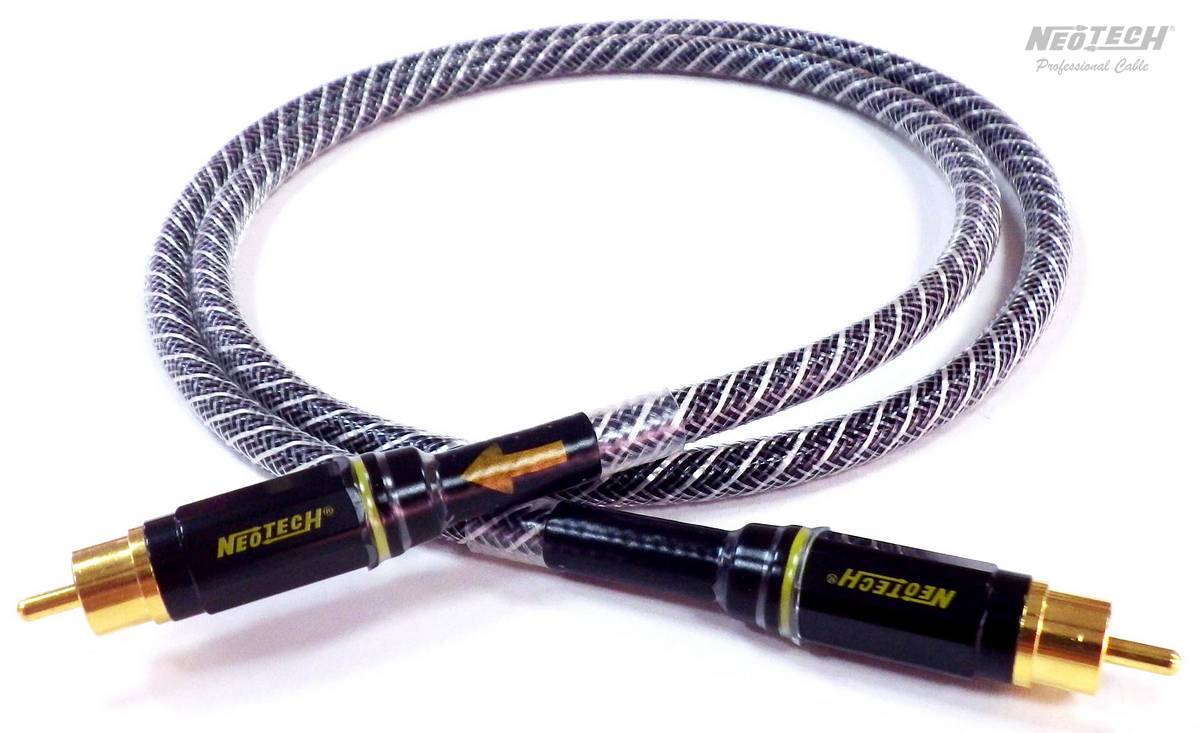
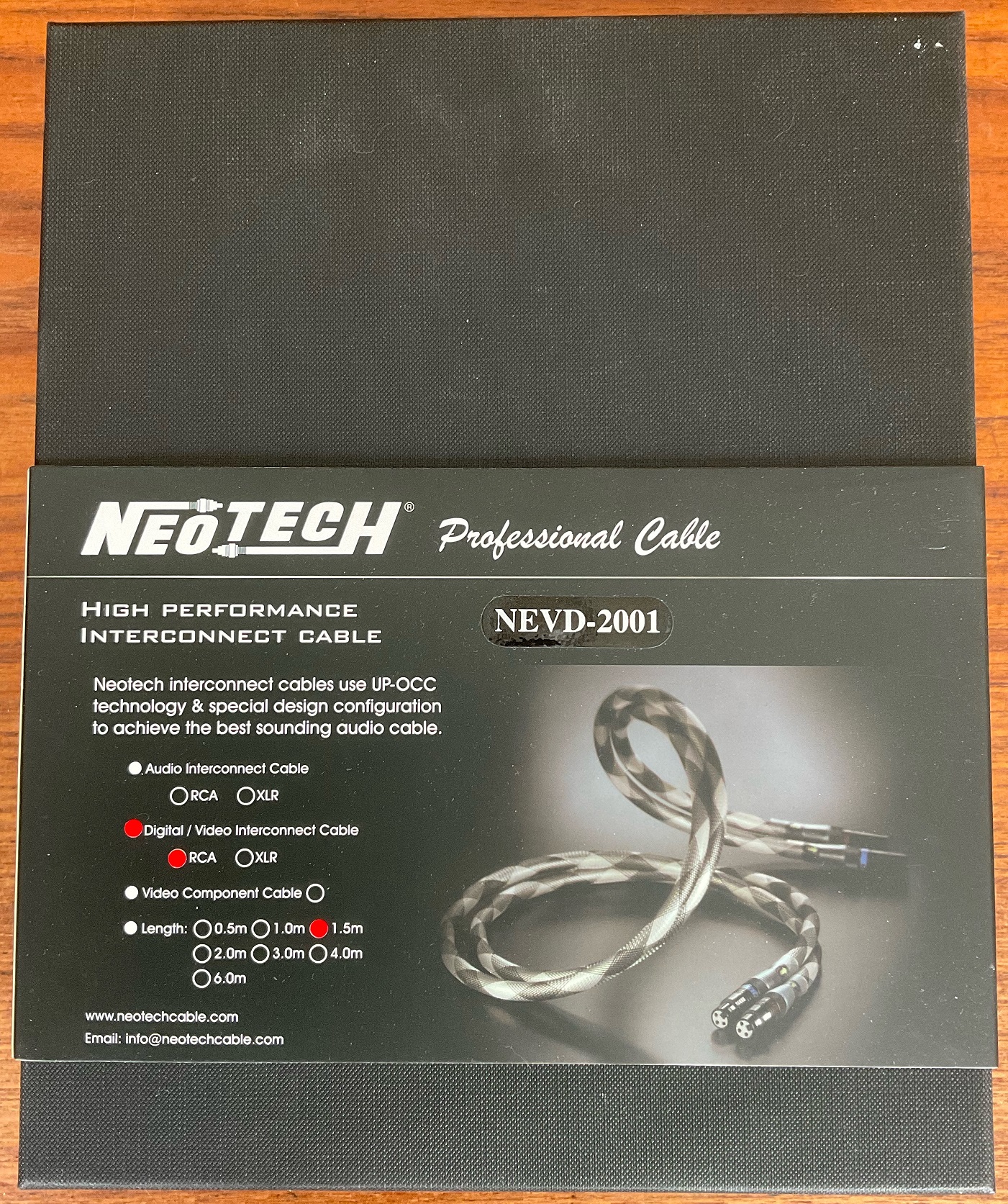
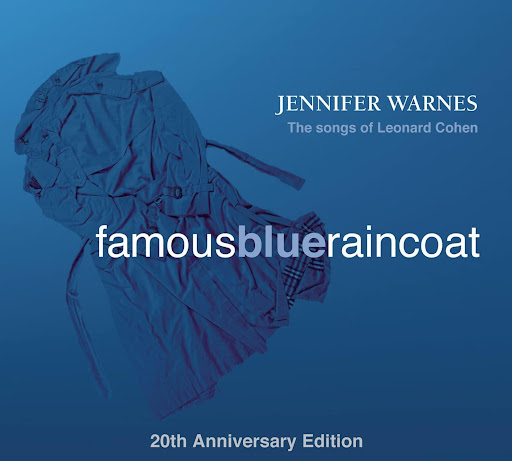
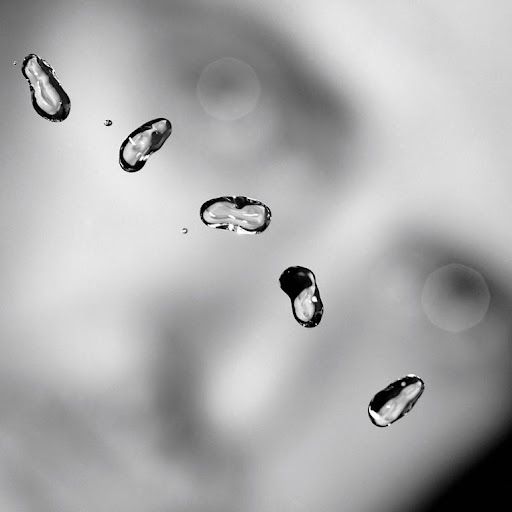
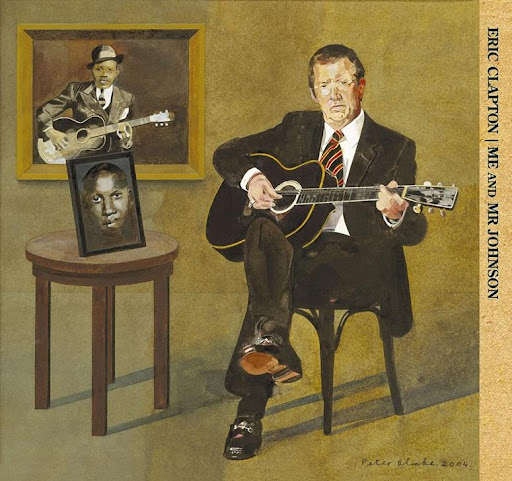
Hello,
Rather than continual reviews of products, Wall of Sound might consider creating articles explaining how readers can optimize the equipment they already possess. Or perhaps adding a column exclusively devoted to that area. New equipment like the coaxial cable featured does little if the reader’s speakers are improperly positioned. Is of reduced use, if the coaxial cable is routed along much of its length next to power cables. This may seem like basic audio 101 but many people are unaware of those basics, demonstrated by pictures of ordinary readers systems, where speakers are far too close to the back wall and but 6 feet away from each other and the listener sitting much farther away with cables arranged helter skelter. I realize that, while you can lead the horse to water, you can’t make him drink… applies to readers as well but at least put the water out there…
Thanks for the suggestions Geoffrey. We have done some how-to’s, and many reviews of entry-level gear. But an article on The Basics isn’t a bad idea at all.
Cheers,
Noam